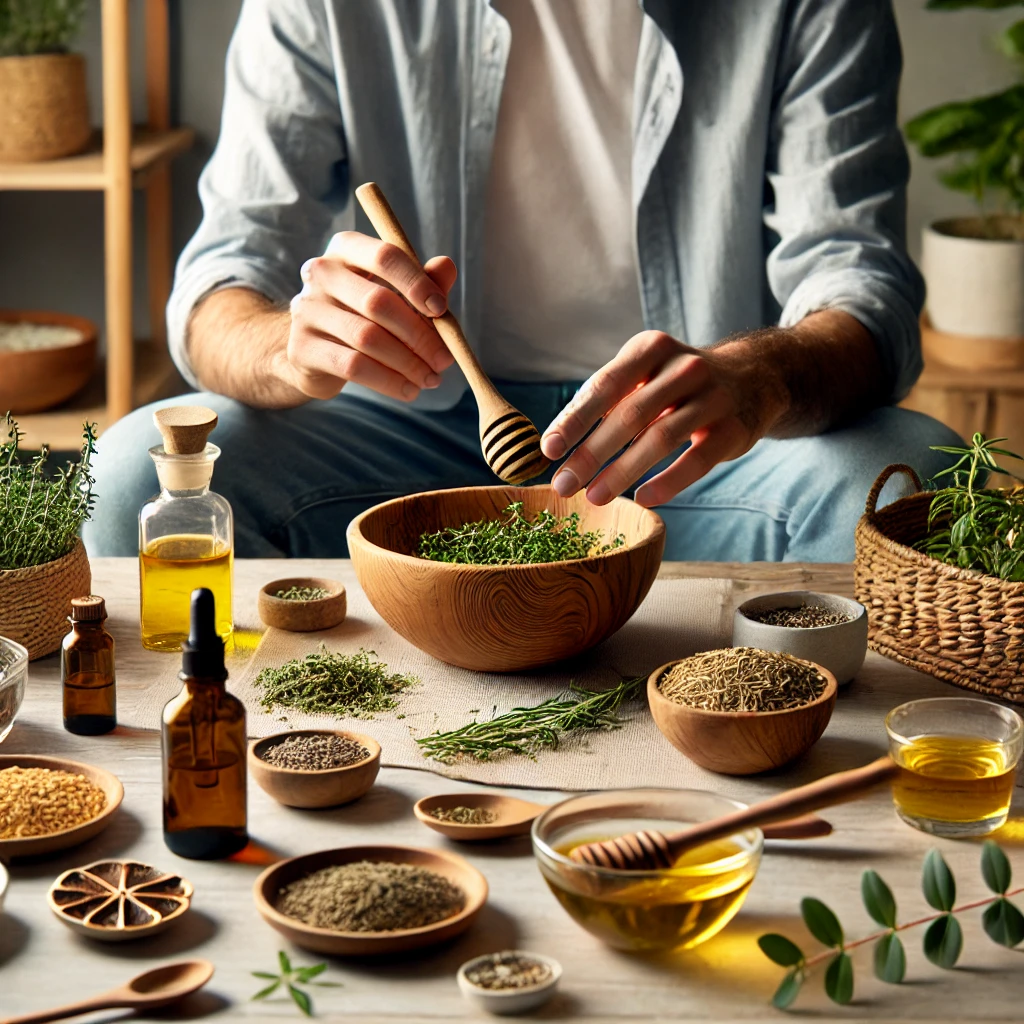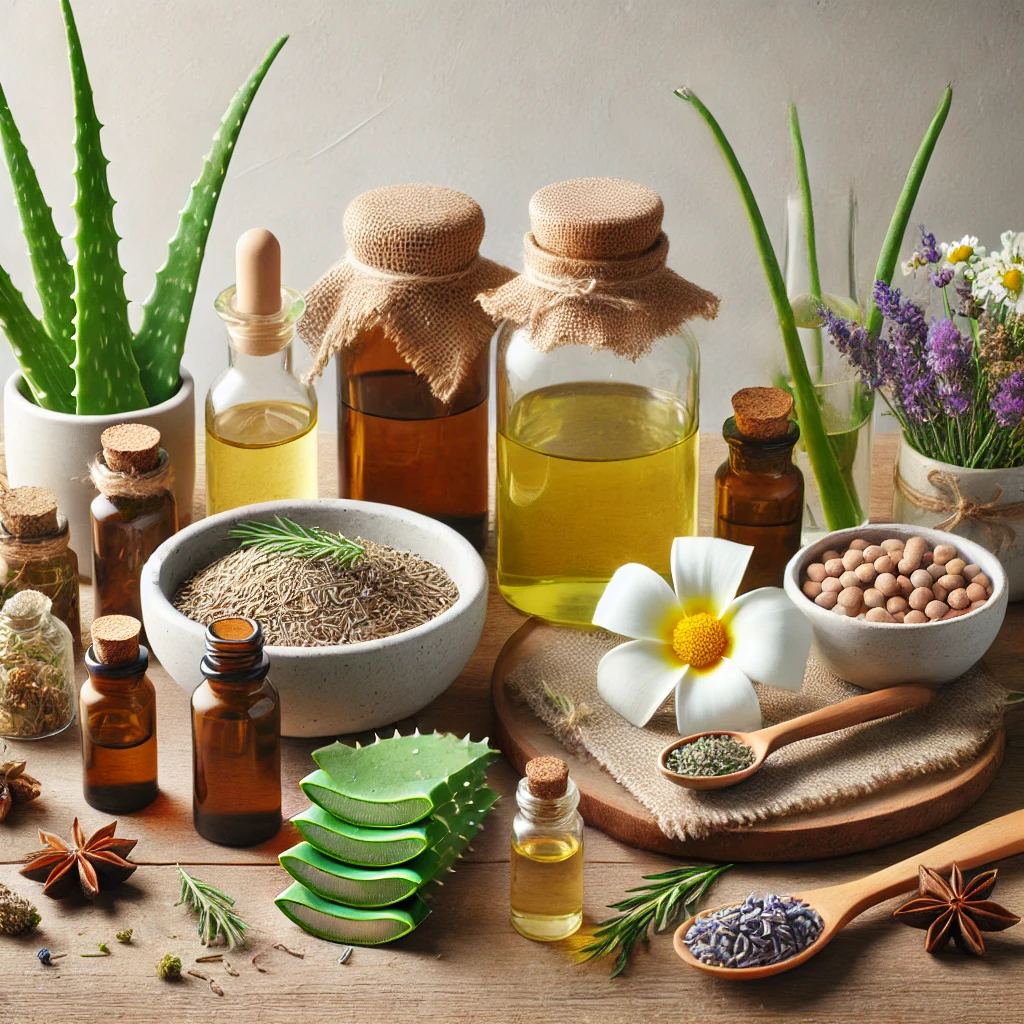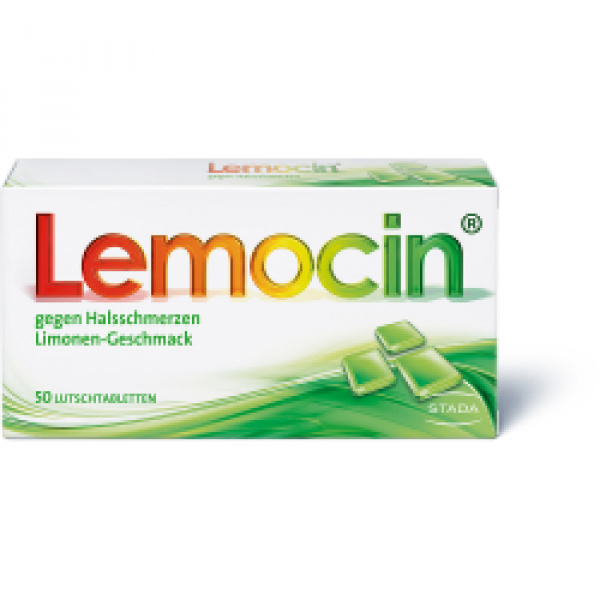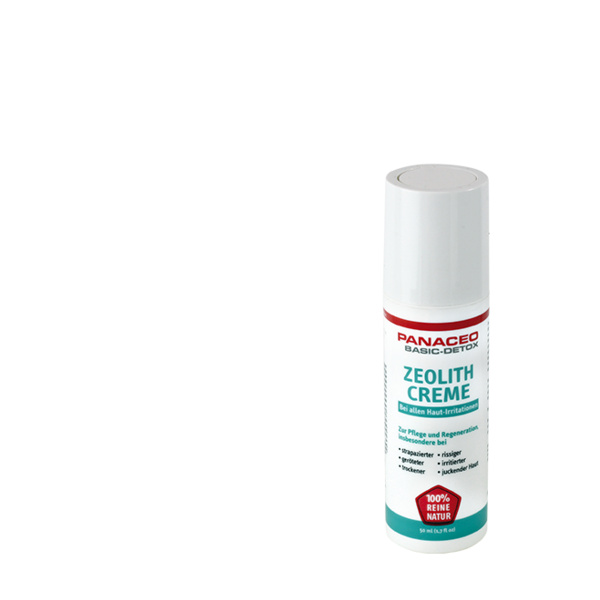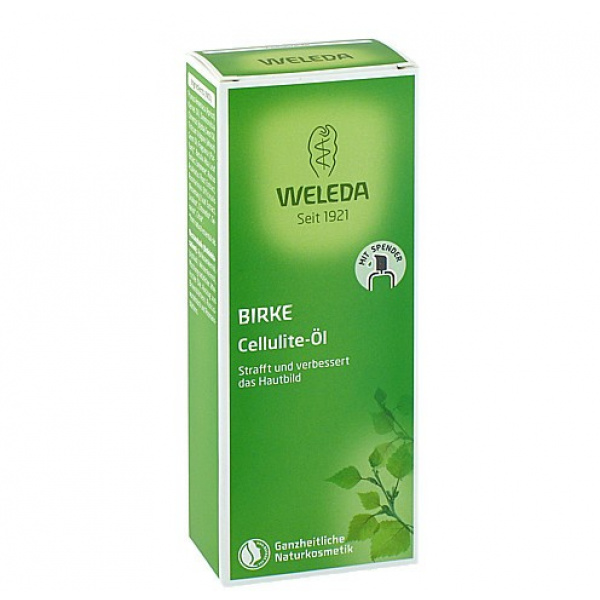
Notizie
Fitocosmetici: La Bellezza Naturale delle Piante
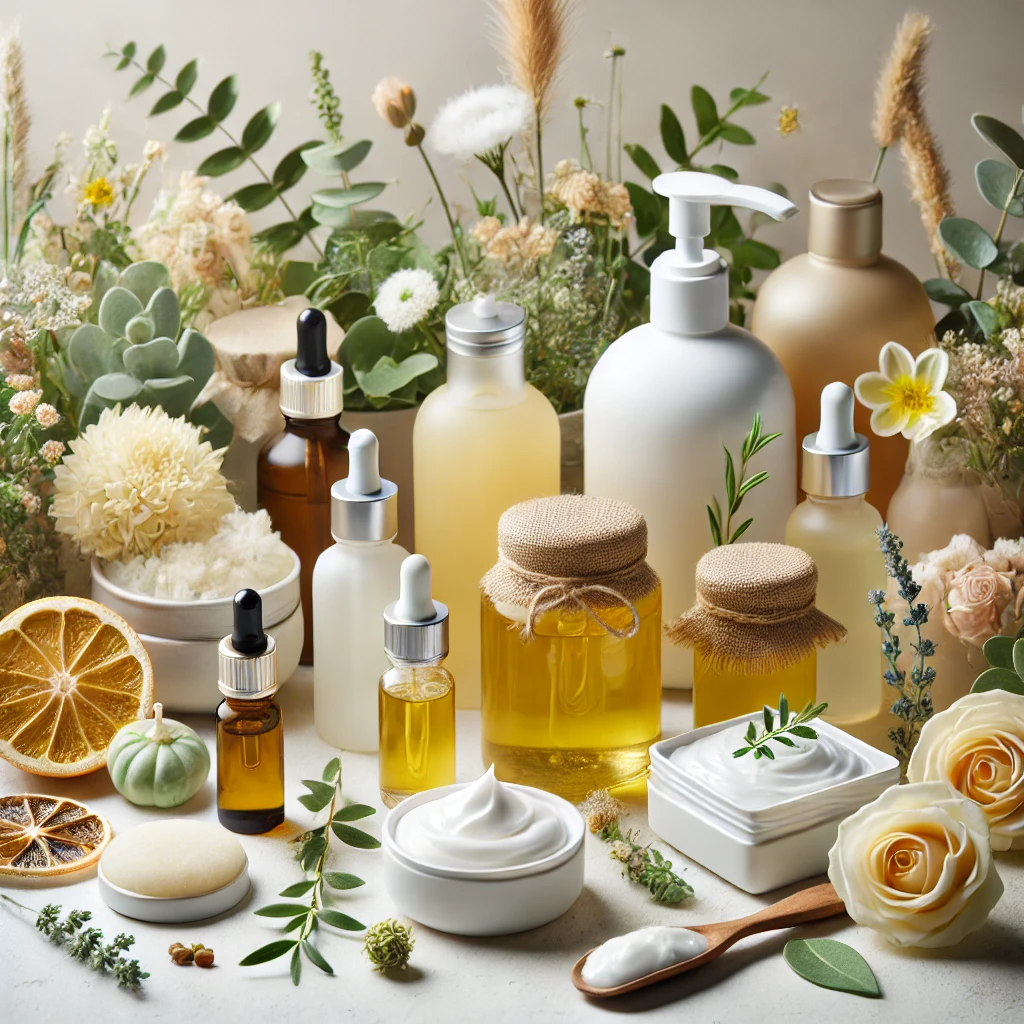
I fitocosmetici sono prodotti di bellezza che utilizzano ingredienti naturali derivati da piante per migliorare la salute della pelle, dei capelli e del corpo. La parola “fitocosmetico” deriva dal greco “phyto” (pianta) e “cosmetico” (relativo alla bellezza). Questa combinazione di conoscenze antiche e moderne rende i fitocosmetici una scelta eccellente per chi cerca prodotti naturali e sicuri.
Benefici dei Fitocosmetici
Vantaggi rispetto ai cosmetici tradizionali
I fitocosmetici offrono numerosi vantaggi rispetto ai cosmetici tradizionali:
- Ingredienti naturali: Utilizzano estratti di piante evitando sostanze chimiche nocive.
- Minori irritazioni: Sono più delicati sulla pelle, riducendo il rischio di allergie.
- Sostenibilità: Spesso prodotti in modo eco-compatibile.
- Benefici aggiunti: Offrono vantaggi terapeutici grazie alle proprietà delle piante.
Benefici per la pelle
I fitocosmetici possono migliorare significativamente la salute della pelle:
- Idratazione: Ingredienti come aloe vera e burro di karité mantengono la pelle morbida e liscia.
- Anti-invecchiamento: Antiossidanti in piante come tè verde combattono i radicali liberi.
- Purificazione: Argilla e carbone attivo eliminano le impurità.
Ingredienti Comuni nei Fitocosmetici
Principali piante utilizzate
Tra le piante più comuni troviamo:
- Aloe Vera: Con proprietà lenitive e idratanti.
- Camomilla: Per le sue proprietà calmanti e anti-infiammatorie.
- Calendula: Nota per le capacità cicatrizzanti e anti-irritanti.
- Lavanda: Usata per il suo effetto rilassante e purificante.
Proprietà degli ingredienti naturali
Ogni pianta ha proprietà uniche:
- Olio di cocco: Idratante e antibatterico.
- Burro di karité: Ricco di vitamine e acidi grassi.
- Estratto di tè verde: Antiossidante e antinfiammatorio.
- Argilla verde: Purificante e detossinante.
Tipi di Fitocosmetici
Fitocosmetici per la pelle
- Creme idratanti: Aloe vera e burro di karité.
- Sieri anti-età: Estratti di tè verde e vitamina C.
- Maschere purificanti: Argilla e carbone attivo.
Fitocosmetici per i capelli
- Shampoo naturali: Estratti di ortica e camomilla.
- Balsami nutrienti: Olio di cocco e burro di karité.
- Maschere riparatrici: Olio di argan e miele.
Fitocosmetici per il corpo
- Lozioni idratanti: Calendula e lavanda.
- Scrub esfolianti: Sale marino e olio di mandorle.
- Oli da massaggio: Oli essenziali di lavanda e rosmarino.
Come Funzionano i Fitocosmetici
Meccanismi d’azione
I fitocosmetici sfruttano le proprietà biochimiche degli estratti vegetali. Questi ingredienti naturali possono penetrare nella pelle e nei capelli, apportando nutrienti essenziali e migliorando la struttura e la funzionalità. Ad esempio, gli antiossidanti presenti in molte piante combattono i radicali liberi, mentre gli acidi grassi aiutano a mantenere l’idratazione.
Efficacia comprovata
Numerosi studi scientifici hanno dimostrato la loro efficacia. Ad esempio, uno studio pubblicato sul “Journal of Cosmetic Dermatology” ha evidenziato che l’aloe vera può migliorare significativamente l’idratazione della pelle. Allo stesso modo, l’olio di cocco è stato dimostrato essere un efficace agente antibatterico e idratante per la pelle e i capelli.
Preparazioni Fitocosmetiche
Tipologie di preparazioni
Le preparazioni fitocosmetiche variano a seconda degli ingredienti e degli scopi. Le principali tipologie includono:
- Creme e lozioni: Miscele di oli e burri vegetali con estratti di piante.
- Sieri: Concentrati liquidi con alte dosi di principi attivi.
- Maschere: Miscele di argille, oli e piante per trattamenti intensivi.
- Scrub: Prodotti esfolianti a base di zucchero, sale e oli essenziali.
Ricette fai-da-te
Per chi desidera creare i propri fitocosmetici a casa, ecco alcune semplici ricette:
- Maschera idratante all’avocado: Schiaccia un avocado maturo e mescolalo con un cucchiaio di miele. Applica sul viso e lascia agire per 15-20 minuti.
- Scrub esfoliante al caffè: Mescola fondi di caffè con olio di cocco e zucchero di canna. Massaggia sulla pelle umida e risciacqua.
- Siero anti-età al tè verde: Infondi una bustina di tè verde in mezza tazza di acqua calda, lascia raffreddare e aggiungi un cucchiaino di olio di jojoba. Applica sul viso prima della crema idratante.
Sicurezza e Scelta dei Prodotti
Possibili effetti collaterali
Sebbene i fitocosmetici siano generalmente sicuri, è importante essere consapevoli dei possibili effetti collaterali, tra cui:
- Allergie: Alcune persone possono essere allergiche a determinate piante.
- Interazioni con farmaci: Alcune piante possono interagire con farmaci prescritti, riducendone l’efficacia o aumentando il rischio di effetti collaterali.
- Sovradosaggio: Utilizzare dosaggi troppo elevati di piante medicinali può causare effetti collaterali indesiderati.
Interazioni con farmaci
Le piante medicinali possono interagire con vari farmaci, tra cui:
- Iperico: Può ridurre l’efficacia di antidepressivi, anticoncezionali e altri farmaci.
- Ginkgo biloba: Può aumentare il rischio di sanguinamento se assunto con anticoagulanti.
- Liquirizia: Può aumentare la pressione sanguigna se assunta con farmaci per l’ipertensione.
Alcuni dei nostri prodotti:
Come Scegliere i Fitocosmetici
Criteri di scelta
Per scegliere il prodotto più adatto a te considera:
- Tipo di pelle e capelli: Scegli prodotti adatti alle tue esigenze specifiche.
- Ingredienti: Opta per prodotti con ingredienti naturali e biologici.
- Certificazioni: Preferisci prodotti certificati da enti riconosciuti.
- Recensioni: Leggi le recensioni di altri utenti per valutare l’efficacia dei prodotti.
Lettura delle etichette
Leggere le etichette è fondamentale per fare scelte consapevoli:
- Lista degli ingredienti: Verifica la presenza di ingredienti naturali e l’assenza di sostanze chimiche nocive.
- Certificazioni: Cerca loghi di certificazione che garantiscano la qualità e la sostenibilità del prodotto.
- Indicazioni d’uso: Segui le istruzioni per ottenere i migliori risultati.
Domande Frequenti sui Fitocosmetici
Quali sono i benefici?
I fitocosmetici offrono benefici come l’idratazione della pelle, la riduzione dei segni dell’invecchiamento, la purificazione della pelle e un impatto ambientale positivo.
Come scegliere i prodotti migliori?
Per scegliere i migliori fitocosmetici, considera il tipo di pelle e capelli, verifica gli ingredienti, cerca certificazioni riconosciute e leggi le recensioni degli utenti.
Sono sicuri?
I fitocosmetici sono generalmente sicuri, ma è importante fare un test di sensibilità prima di utilizzare un nuovo prodotto e consultare un dermatologo in caso di pelle sensibile o allergie.
Posso fare i fitocosmetici a casa?
Sì, è possibile creare fitocosmetici a casa utilizzando ingredienti naturali come oli vegetali, burri naturali, estratti di piante e oli essenziali.
Sono adatti a tutti i tipi di pelle?
No, esistono, però, fitocosmetici specifici per ogni tipo di pelle, inclusi pelle secca, grassa e sensibile.

